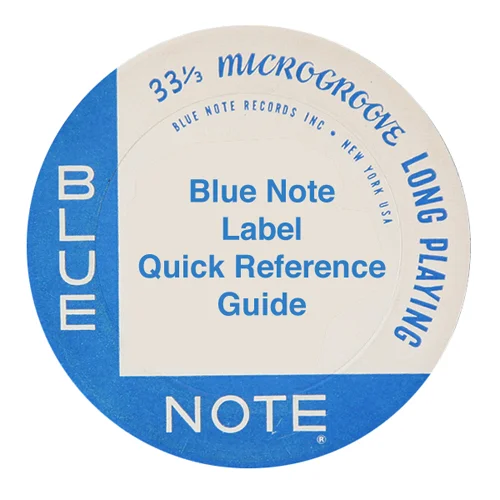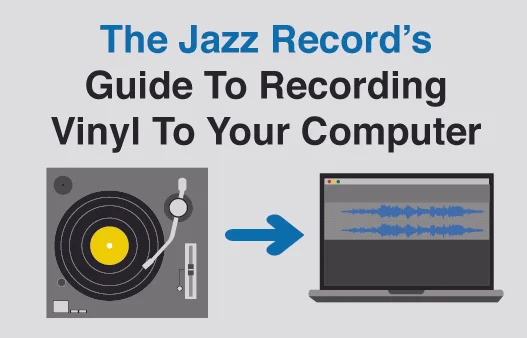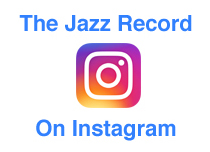The Jazz Meets The Funk: Herbie Hancock - "Fat Albert Rotunda"
/Herbie Hancock • Fat Albert Rotunda • 1969 • Warner Brothers WS 1834
Recorded October 4 & 16, November 26 and December 8, 1969 at Rudy Van Gelder Studio
The Selections:
The Players:
Herbie Hancock - Piano, Electric Piano
Johnny Coles - Trumpet, Flugelhorn
Joe Henderson - Tenor Sax, Alto Flute
Garnett Brown - Trombone
Buster Williams - Bass, Electric Bass
Albert "Tootie" Heath - Drums
George Devens - Percussion
On A1 & B3 add:
Joe Newman - Trumpet (A1 & B3 only)
Ernie Royal - Trumpet (A1 & B3 only)
Joe Farrell - Alto Sax, Tenor Sax (A1 & B3 only)
Arthur Clarke - Baritone Sax (A1 & B3 only)
Benny Powell - Trombone (A1 & B3 only)
Ray Alonge - French Horn (A1 & B3 only)
Billy Butler - Guitar (A1 & B3 only)
Eric Gale - Guitar (A1 & B3 only)
Jerry Jemmott - Electric Bass (A1 & B3 only)
Bernard Purdie - Drums (A1 & B3 only)
The Tracks:
A1. Wiggle-Waggle
A2. Fat Mama
A3. Tell Me A Bedtime Story
A4. Oh! Oh! Here He Comes
B1. Jessica
B2. Fat Albert Rotunda
B3. Lil' Brother
The Record:
Herbie Hancock Jamming Out (Year & Photo Credit Unknown)
The jazz world generally looks at Herbie Hancock's 1973 jazz-funk opus Head Hunters as the keyboardist's first foray into combining the world of funk, soul and R&B rhythms with jazz improvisation, but in fact it was four years earlier with Fat Albert Rotunda that Herbie showed how funky jazz music could really be. Fat Albert Rotunda came about when Hancock was tapped to compose some soundtrack music for the "Fat Albert" television show, after which he ended up with a full album's worth of material. It would be his first of three albums released on Warner Brothers, marking a short stop between his tenure at Blue Note and his longtime home at Columbia Records. There are, of course, major differences between Head Hunters and Fat Albert Rotunda, the main ones being the heavy use of synthesizers and only a single horn player on the former, while Hancock employed the Fender Rhodes and a full horn section on the latter. This gives Fat Albert Rotunda a more Stax/Muscle Shoals feel to the funk than Head Hunters, but there are still the basic sensibilities at work: that jazz and funk could not only co-exist, but also thrive creatively.
And the album is not only a jazz-funk experiment, but also shows that Hancock was still at a creative high point, one he had been riding since his Blue Note debut Takin' Off in 1962. While there are funky tracks like "Fat Mama," which must have blown away a certain segment of the jazz community (critics and musicians alike) when it was released, there are also more modern jazz-oriented tunes like the phenomenal "Tell Me A Bedtime Story," which other then the funky drum line is more in line with much of the soul jazz happening at the time [listen to both tracks above].
The line-up for the session is a great one, for most of the record it is a powerhouse septet, with the likes of Johnny Coles, Joe Henderson and Albert "Tootie" Heath leading the way. For the first and last tracks, the group is expanded into a much larger one - one of the first "funky orchestras" maybe - with the addition of such soon-to-be '70s jazz funksters as Joe Farrell, Eric Gale and the legendary funky drummer Bernard Purdie. Everyone's playing is on-point, but more importantly it sounds like everyone is having a grand old time playing this music, which is the whole damn point in the end, is it not?
After Fat Albert Rotunda Hancock would form his "Mwandishi" band - which was first a sextet and then a septet - and would explore a very specific kind of electronic jazz for the first time. The group would appear on Mwandishi and Crossings (on Warner Brothers), as well as on Sextant (his first record for Columbia), and these three records really stand on their own in both Hancock's discography and the history of jazz. They are in a genre all their own. After Sextant, Hancock would enter into a whole new realm of popularity and critical acclaim with Head Hunters, but one listen to Fat Albert Rotunda and you can hear the roots of that music and glimpse the vision of the man who would open up a new realm for musicians to explore and jazz aficionados to enjoy.
The Vinyl:
This one has been at the top of my want-list for a while now; I've come across a few copies but they were pretty beat up, so I was excited to find a nice clean copy for only $14. I grabbed an original pressing of Mwandishi a few years back at the mighty Amoeba during a visit to San Francisco, so now I only need Crossings to complete my collection of Herbie's Warner Brothers releases. Unfortunately, Crossings seems to be the rarest of the three records, so I may have to venture online to procure a copy.
The vinyl itself is nothing to write home about, somewhere between heavier mid '60s vinyl and their later '70s razor-thin counterparts. It does sound great though, particularly how the low and mid-ends shine through, rather than on the CD releases where the high-end seems to be favored.
This copy is a early second pressing, as the originals were released on "Warner Brothers - Seven Arts Records" with a different logo at the top. I would date this one between 1970 and 1973, at which point Warner Brothers switched to the "street scene" label variation.
The vinyl trail-off has "WS 1834 - A 39619 - 4 1A" and "WS 1834 - B 39620 - 5 1B" on the respective sides and a (always nice to see) "VAN GELDER" stamp on both sides. Yep, the skills of the great Rudy Van Gelder couldn't be stopped, even when it came to recording and mastering jazz funk.












